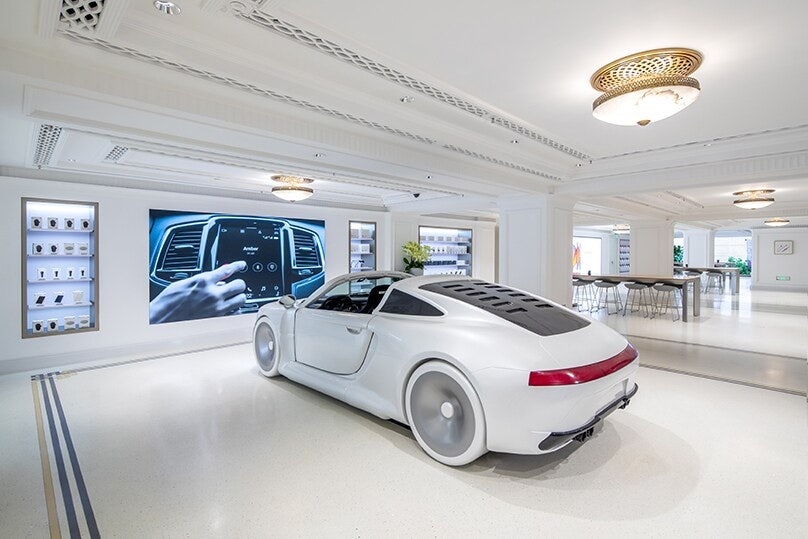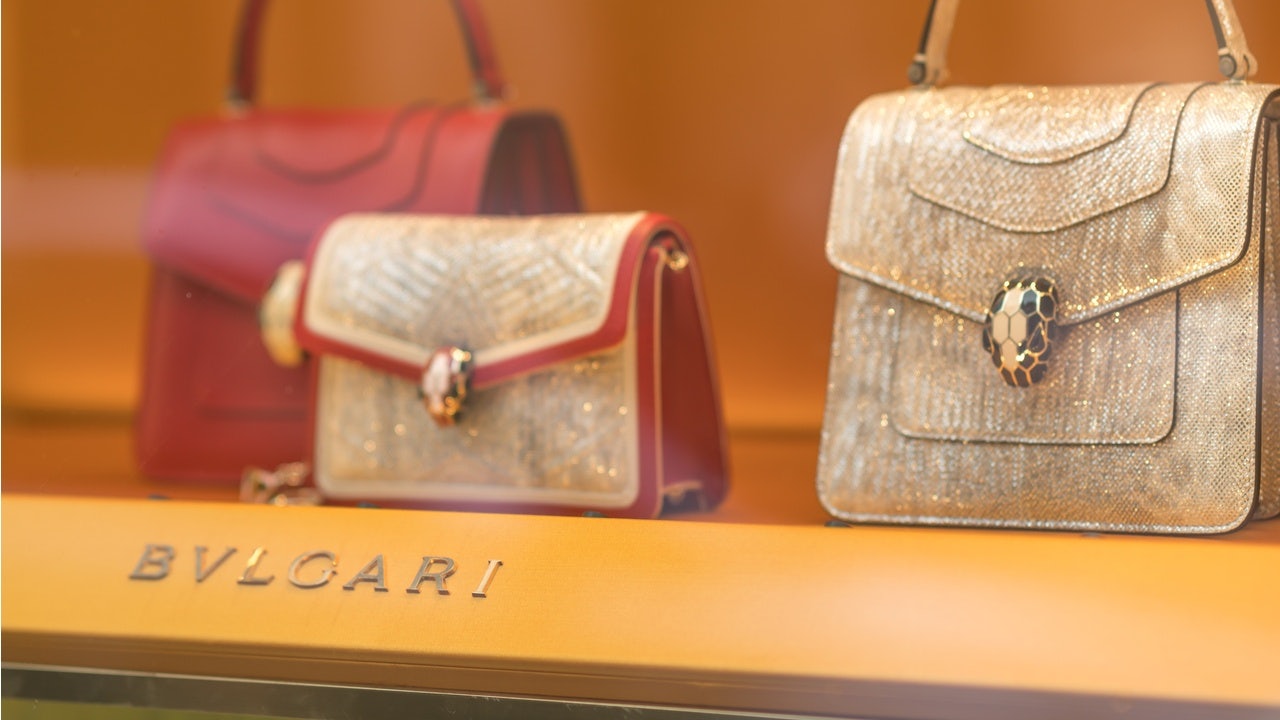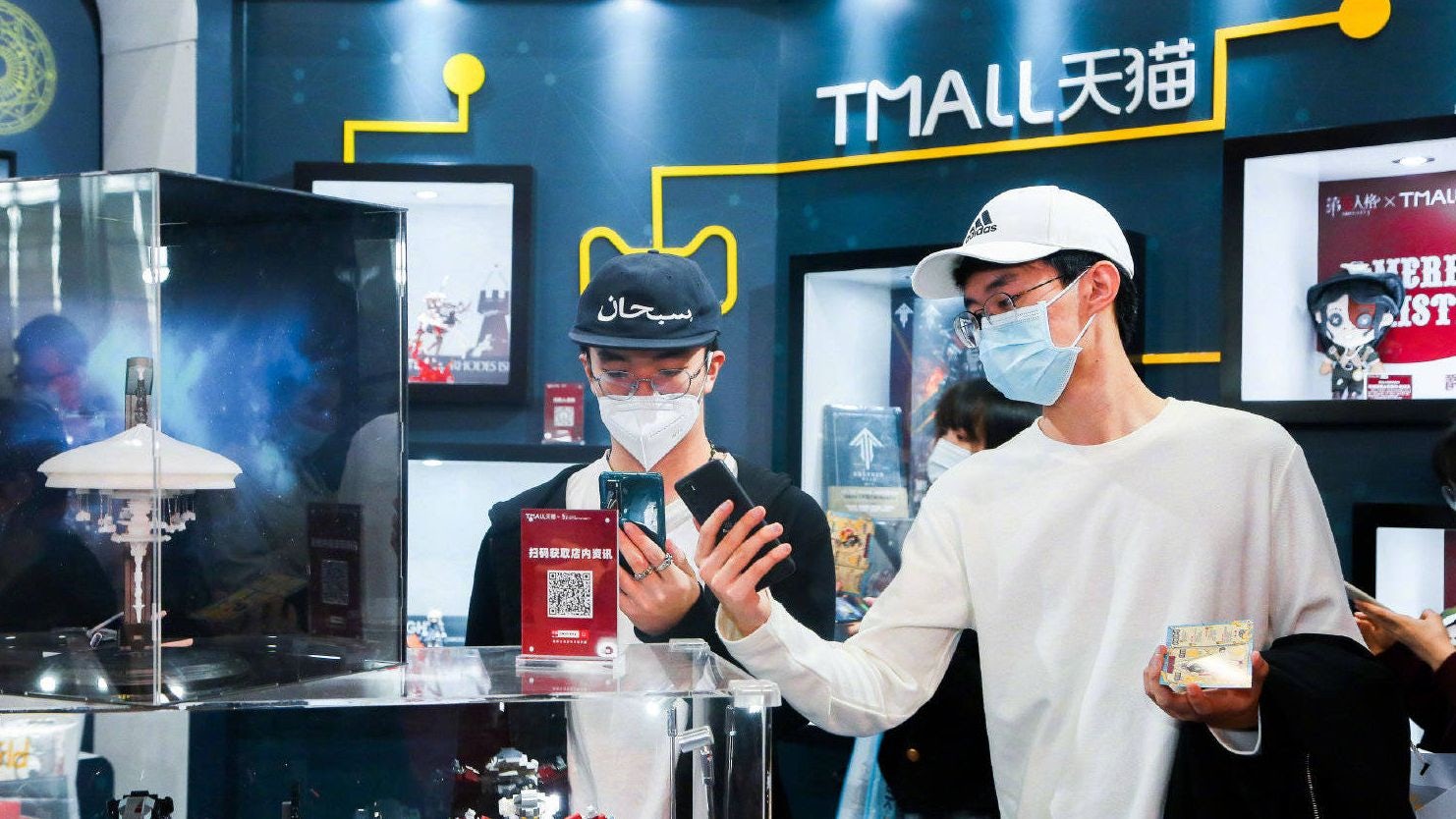Key Takeaways:#
BVLGARI has worked out an exclusive e-commerce deal with JD.com.
According to Insider Intelligence and eMarketer estimations, 52.1 percent of China’s retail sales will come from e-commerce in 2021, a jump up from 44.8 percent in 2020.
Luxury flagship stores are turning into art galleries, creative and experimental centers, and innovation labs where immersive retail experiences create strong emotional connections.
Earlier this month, fine jewelry brand BVLGARI announced it is adopting e-commerce in China via a new partnership with JD.com. It is worth noting that this deal marks the first time BVLGARI has worked out an exclusive partnership with a digital, third-party platform.
According to JD’s press release, the “innovative cooperation model” tailored and personalized for the Italian jewelry brand provides fast access to BVLGARI’s official JD Mini Program. For access, customers only have to type the brand’s name into their search bar to access BVLGARI’s official JD Mini Program.
“The cooperation between Bulgari and JD, through a customized and innovative model, is a brand new exploration for both of us," said Kevin Jiang, president of international fashion and lifestyle at JD. "And both sides will explore in-depth cooperation in the future to enhance the consumer experience and better meet the personalized needs of consumers while purchasing luxury goods online.”
Yet, BVLGARI is far from the only luxury brand to take advantage of JD’s services to speed up its digital transformation and gain access to the platform’s higher-end customers. LVMH-owned luxury brands Louis Vuitton, Berluti, and Givenchy already chose to cooperate with JD, proving that elite brands are willing to switch digital channels to reach — and try to shape the behavior of — Chinese shoppers in the early stages of their purchase decisions.
According to Insider Intelligence and eMarketer estimations, 52.1 percent of retail sales in China will come from e-commerce in 2021, a jump from 44.8 percent in 2020. As Ethan Cramer-Flood, senior forecasting writer at Insider Intelligence, rightfully highlights, China’s consumer shift towards digital spending is unrivaled worldwide.
“China seemingly reached a behavioral tipping point over the past few years, wherein e-commerce enthusiasm accelerated rather than leveled off,” said Cramer-Flood. “While the pandemic did not create this trend, it certainly buttressed it, and China’s most recent e-commerce boom did not decelerate even after the country got a handle on the virus and the economy fully reopened.”
Lending credibility to his argument, Cramer-Flood mentions that physical retail sales registered an 18.6-percent drop in China in 2020. Meanwhile, estimates show that sales will decline by another 9.8 percent this year. By contrast, e-commerce sales increased by 27.5 percent in 2020 and should grow by another 21.0 percent in 2021.
Globally, e-commerce sales soared during the pandemic due to consumers turning to their mobile devices to research products, find entertainment on e-commerce apps, and compulsively shop to escape the monotony of lockdown regulations. But the so-called “return to normalcy” did not slow down this trend because shoppers have become accustomed to the convenience and comfort of digital shopping.
Yet, despite this changing retail landscape, physical luxury has shown incredible resilience in China. Various brick-and-mortar operators made serious adjustments and returned with improved service that is building both community and loyalty.
Now that most luxury brands understand that the shopping journey begins online, where consumers research products before buying them, they have started to design omnichannel experiences by incorporating digital into the consumer shopping journey. In fact, some retailers have already evaluated and tested the features of “online to offline 2.0” commerce.
Luxury brands have turned flagship stores into art galleries, creative and experimental centers, and innovation labs that allow immersive retail experiences to create strong emotional connections.

Nordstrom is one retailer that understands the importance of physical stores. According to RetailWire, the American luxury department store chain said more than 50 percent of its digital sales begin in-store, with a third of its online sales connected to in-store experiences. Its rival Saks found the same relative interdependence among online and offline channels.
Indeed, e-commerce has powered ahead in China, but emerging technologies have given physical retail an edge that should not be downplayed. Retailers operating in China need to capitalize on business growth opportunities and move closer to this "online to offline 2.0” commerce.
In short, physical retail will not die anytime soon. But e-commerce sales should not wind down either. In the future, online and offline will coexist in a mutualistic, symbiotic relationship in which they complement each other.

